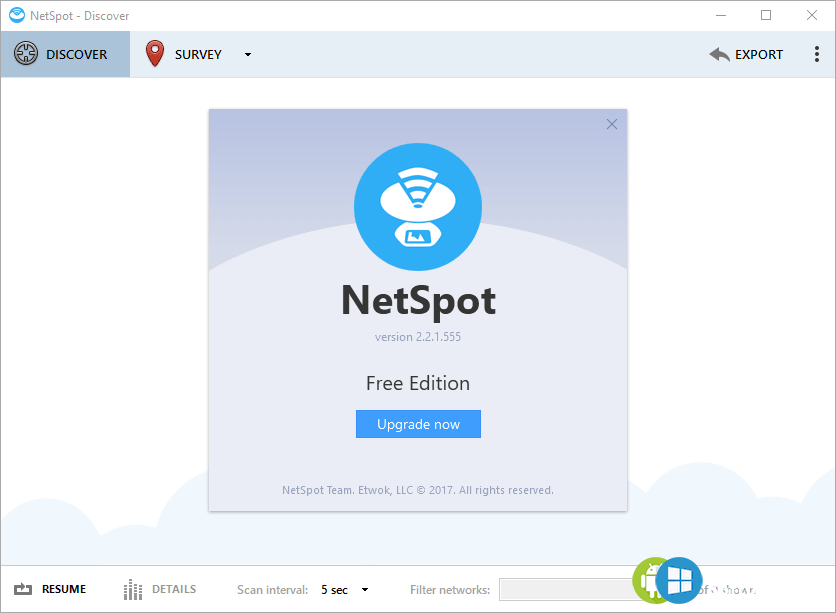

Thirty-five patients (55.6%) had any combination of 2 or more of the above imaging studies prior to the 68Ga-DOTATATE PET/CT. Forty-eight (76.2%) of these patients had a prior CT examination, 16 (25.8%) had prior FDG PET/CT, 16 (25.8%) had a prior MRI, 14 (22.2%) had a prior Octreoscan, and 1 (1.6%) had a prior 131I-meta-iodobenzylguanadine ( 131I-MIBG) scan.

Sixty-three patients had at least 1 prior imaging study (CT, MRI, FDG PET/CT, or Octreoscan). Imaging Findings and Impact on Patient Management In view of the above supportive results, the goal of our retrospective single tertiary academic medical center investigation was to examine the added diagnostic value and clinical impact of 68Ga-DOTATATE PET/CT in the therapeutic management of patients with NETs. showed that higher tumor volumes as depicted on 68Ga-DOTATATE PET/CT correlated independently with progression-free survival and disease-related mortality. 68Ga-DOTATATE has an added benefit of prognostic utility in NETs. 68Ga-DOTATATE detected 37 or 38 known lesions in 20 different patients, compared to only 23 lesions by CT and MRI and 24 by 18F-fluorodeoxyglucose (FDG) PET/CT ( p < 0.01) 68Ga-DOTATATE was also able to detect 7 new lesions which were not previously known. evaluated the use of 68Ga-DOTATATE specifically in head and neck paragangliomas and found that significantly more lesions were detected compared to other imaging agents. A systematic review and meta-analysis of 68Ga-DOTATATE in pulmonary and gastroenteropancreatic NETs showed both high sensitivity and specificity, with an estimated sensitivity of 90.9% (95% CI: 81.4–96.4%) and specificity 90.6% (95% CI: 77.8–96.1%). 68Ga-DOTATATE has higher sensitivity (97%, 95% confidence interval : 82–100%) compared to 111In-pentetreotide imaging (65%, 95%CI: 64–94%). described advantages of 68Ga-DOTATATE PET when compared to other traditional imaging studies. More recently, 68Ga-DOTATOC and 64Cu-DOTATATE (Detectnet™) were approved by the FDA in 20, respectively.Ī review by Mojtahedi et al.

68Ga-1,4,7,10-tetrazyzcyclododecane-1,4,7,10-tetraacetic acid (DOTA)-octreotate ( 68Ga-DOTATATE or NetSpot™) with the high affinity for somatostatin receptor 2 (SSTR 2) was the first approved positron emission tomography (PET) imaging agent for NETs by the US Food and Drug Administration (FDA) in 2016. Conventional nuclear medicine method to image NETs has relied on single-photon scintigraphy with radiolabeled somatostatin analogs ( 111In-pentetreotide, octreoscan) but this technique is limited by relatively low spatial resolution, low sensitivity, and high background activity. NETs generally overexpress somatostatin receptors (SSTR) on their cell surfaces, which allows for targeted molecular imaging and therapy. NETs are often heterogeneous and can harbor various tumor grades, which impact management, response to treatment, and outcome. Neuroendocrine tumors (NETs) are malignancies arising from neural crest cells, which can occur nearly anywhere in the body, primarily the gastrointestinal, pancreas, and pulmonary systems, and present with a wide variety of symptoms depending on their biochemical function. Moreover, 15 patients (23.8%) had a change in treatment plan, including altering medical therapy in 9 patients, change in planned extent of surgical management in 5 patients, and cancelation of a planned primary tumor resection in 1 patient with metastatic disease. Of these patients, 5 underwent subsequent MRI and 1 had a repeat 68Ga-DOTATATE PET/CT to further characterize new lesions seen. In patients who had prior imaging available for comparison, there were new lesions identified on 68Ga-DOTATATE PET/CT in 21 patients (33.3%) that were not identified on other prior imaging modalities. The primary sites of disease from the most to the least common were the pancreas (36.5%), small bowel (22.2%), unknown primary (15.9%), lung (6.3%), large bowel (6.3%), and mesentery (4.8%), and other locations accounted for 7.9%. The most common primary diagnosis was undifferentiated NET (63.5%), followed by carcinoid (27.0%), paraganglioma (4.8%), insulinoma (3.2%), and pheochromocytoma (1.6%).

Six patients had 2 or more 68Ga-DOTATATE PET/CT examinations. A total of 81 68Ga-DOTATATE PET/CT scans in 74 patients were found, and 11 patients were excluded from analysis as they had no prior imaging available for comparison, with resultant analysis cohort of 63 patients.


 0 kommentar(er)
0 kommentar(er)
